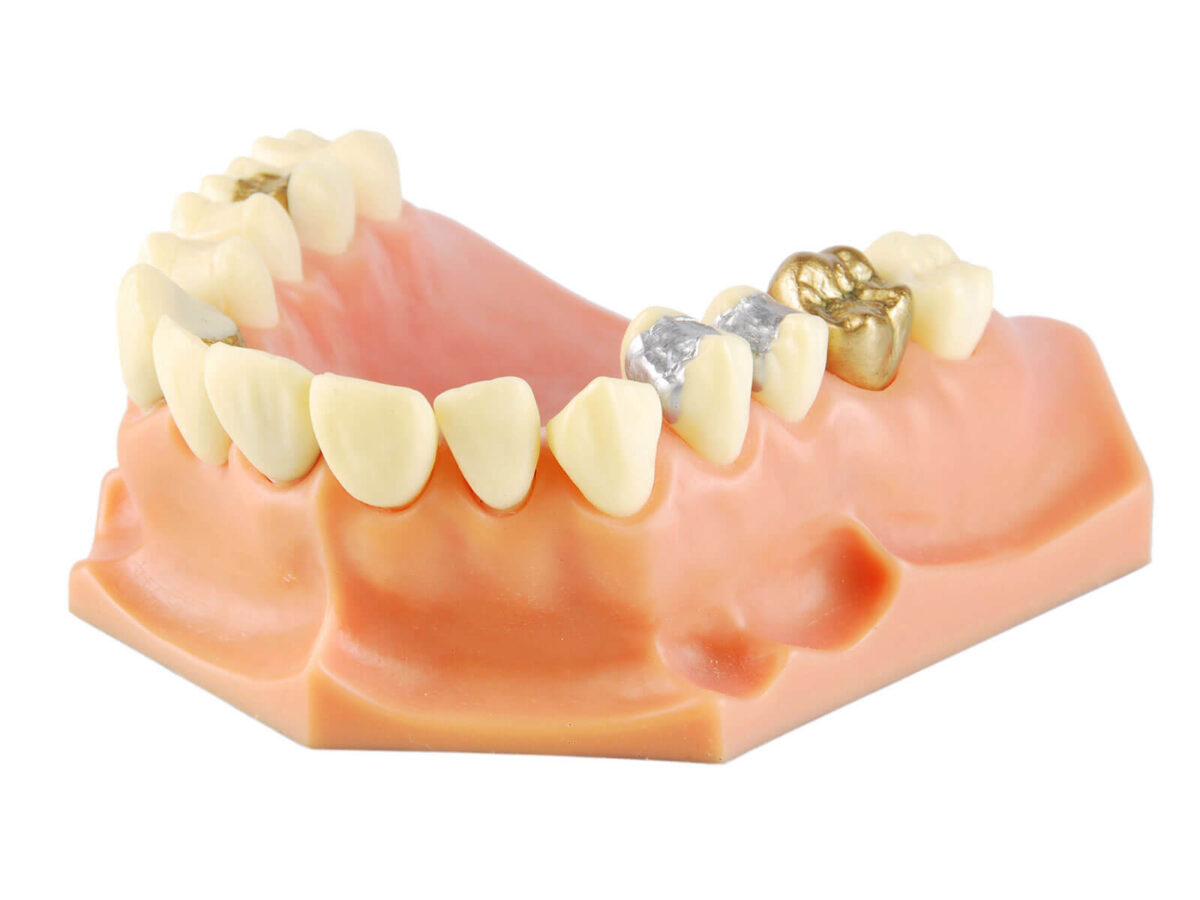A child’s smile is a beacon of joy and innocence, and safeguarding this precious asset begins with diligent dental hygiene. Early cavity detection is crucial for children as it prevents dental issues from escalating and secures their overall oral health. Children are particularly susceptible to cavities due to their dietary habits, inconsistent oral hygiene, and developing teeth. Timely detection facilitates immediate intervention, averting further decay and related complications.
This guide highlights the importance of early cavity detection in children and how pediatric dentists play a pivotal role in nurturing lifelong smiles.
Early Cavity Detection in Children
Early intervention mitigates discomfort and diminishes the necessity for extensive, costly dental procedures. Moreover, establishing robust oral hygiene practices from a young age lays the foundation for enduring dental health, and enhancing overall well-being. Regular check-ups and prompt cavity detection are essential for sustaining a vibrant and healthy smile through childhood.
- Child-Friendly Environment: Dental teams create a welcoming atmosphere for young patients, making their visits enjoyable and stress-free.
- Preventive Measures: Pediatric dentists emphasize preventive strategies, including routine exams and early cavity detection.
The Significance of Early Cavity Detection:
Preventing Progress and Complications:
- Early detection allows for timely treatment, stopping cavities at their onset and preventing complications such as infections or the need for more invasive procedures.
Conservative Treatment Options:
- Cavities caught in the early stages often require minimal intervention, like fluoride treatments or dental sealants. These conservative approaches conserve more of the natural tooth structure, promoting long-term dental health.
Reducing Treatment Anxiety:
- Early detection leads to less invasive treatments, enhancing children’s dental experiences and reducing anxiety associated with extensive procedures. This fosters a positive attitude toward dental care.
Tailored Preventive Care:
- Parents receive guidance on home care, including oral hygiene practices and dietary habits.
Developing Lifelong Oral Health Habits:
- Early cavity detection sets the stage for lifelong oral health practices. Positive reinforcement teaches children the importance of regular dental exams and preventive oral care, instilling habits that benefit them for life.
Practical Steps to Early Cavity Detection
- Professional Assessment: Pediatric dentists identify early signs of cavities that may be overlooked at home. Routine dental checkups are crucial.
- Dental Sealants: Sealants provide a durable barrier, reducing the risk of decay in prone areas.
- Fluoride Treatments: Fluoride fortifies tooth enamel, enhancing its resistance to acid attacks. Pediatric dentists may offer in-office fluoride treatments and suggest fluoride toothpaste for home use.
- Parental Involvement: Parents are crucial in monitoring their children’s brushing and flossing routines. Encouraging a balanced diet and limiting sugary snacks promotes dental health.
A Closer Look at Importance:
- Prevention of Childhood Cavities: Statistics highlight the prevalence of childhood cavities, underscoring the need for early detection and intervention.
- Diet and Nutrition: The role of sugar in cavity formation and the importance of dietary choices in preventive care are examined.
- Early Cavity Signs and Symptoms: Empowering parents to recognize early signs of cavities fosters proactive dental care.
- Innovations in Pediatric Dentistry: Explore cutting-edge technologies in pediatric dentistry that facilitate early cavity detection.
Conclusion
We are here to exemplify excellence in pediatric dentistry, championing early cavity detection and preventive care. This comprehensive guide underscores the vital role of early cavity detection in preserving children’s dental health. By integrating specialized pediatric dental services, educational efforts, and advanced technology we are committed to nurturing smiles from an early age.
Embracing early cavity detection and preventive measures, sets children on a path toward lasting smiles and positive dental experiences.


